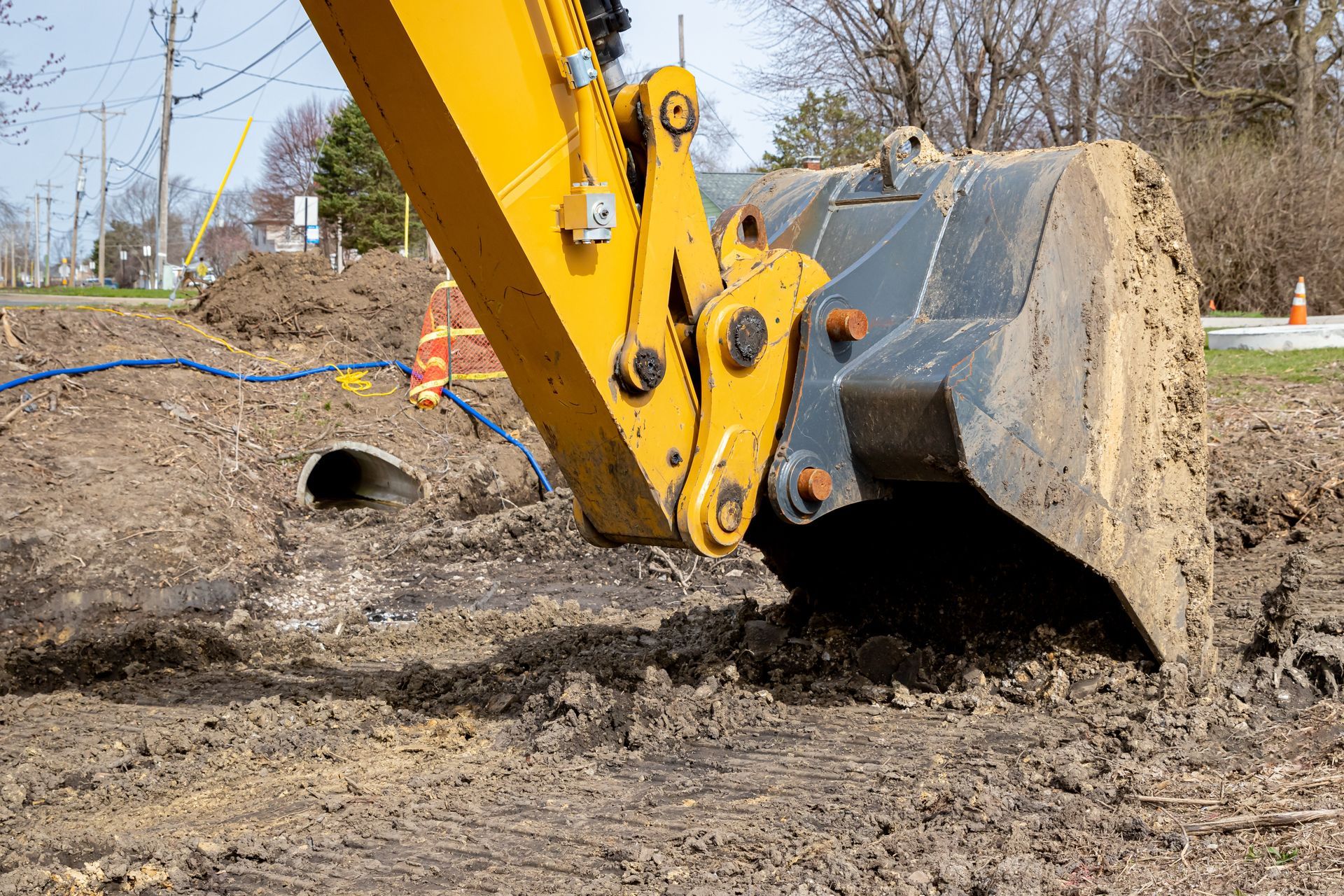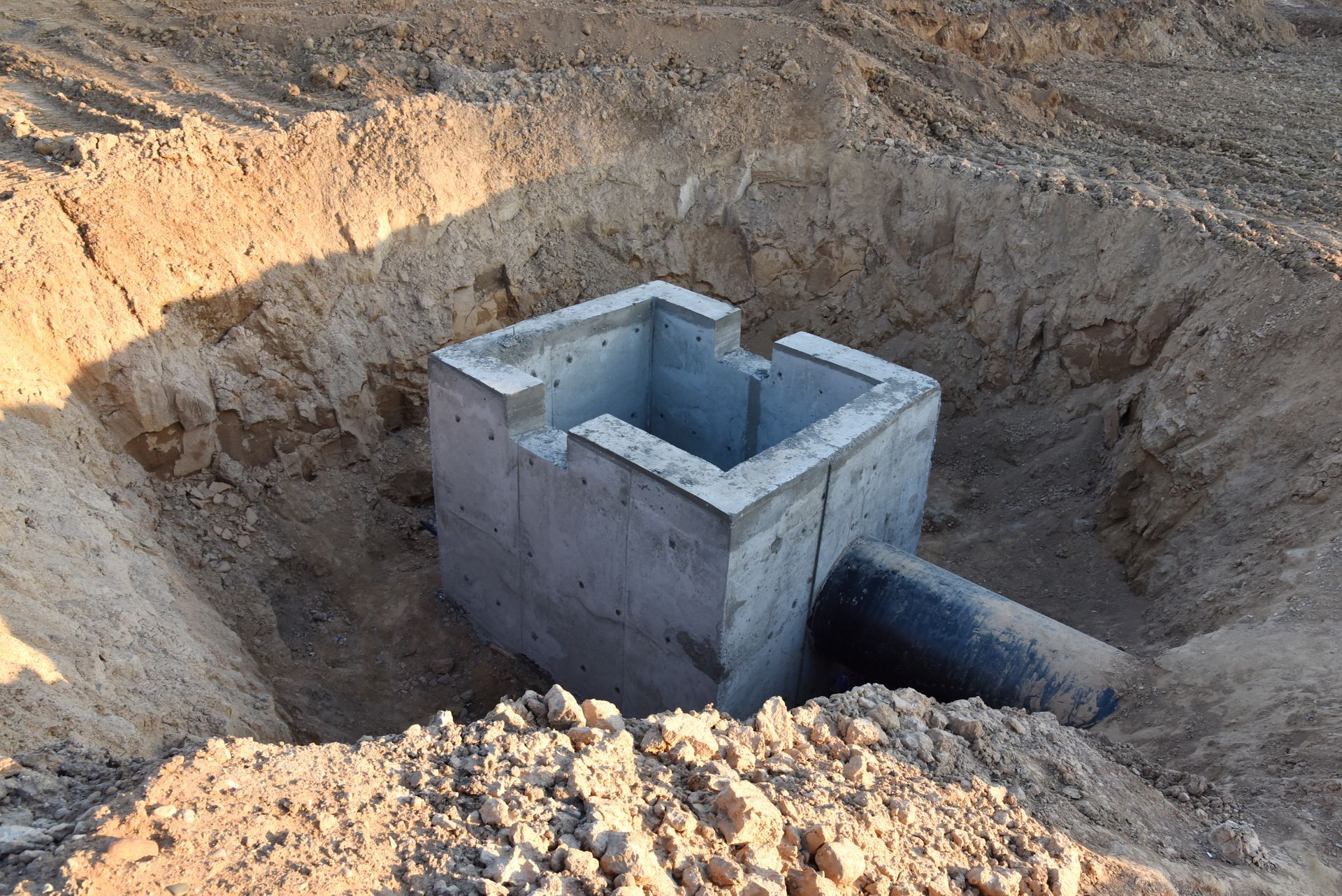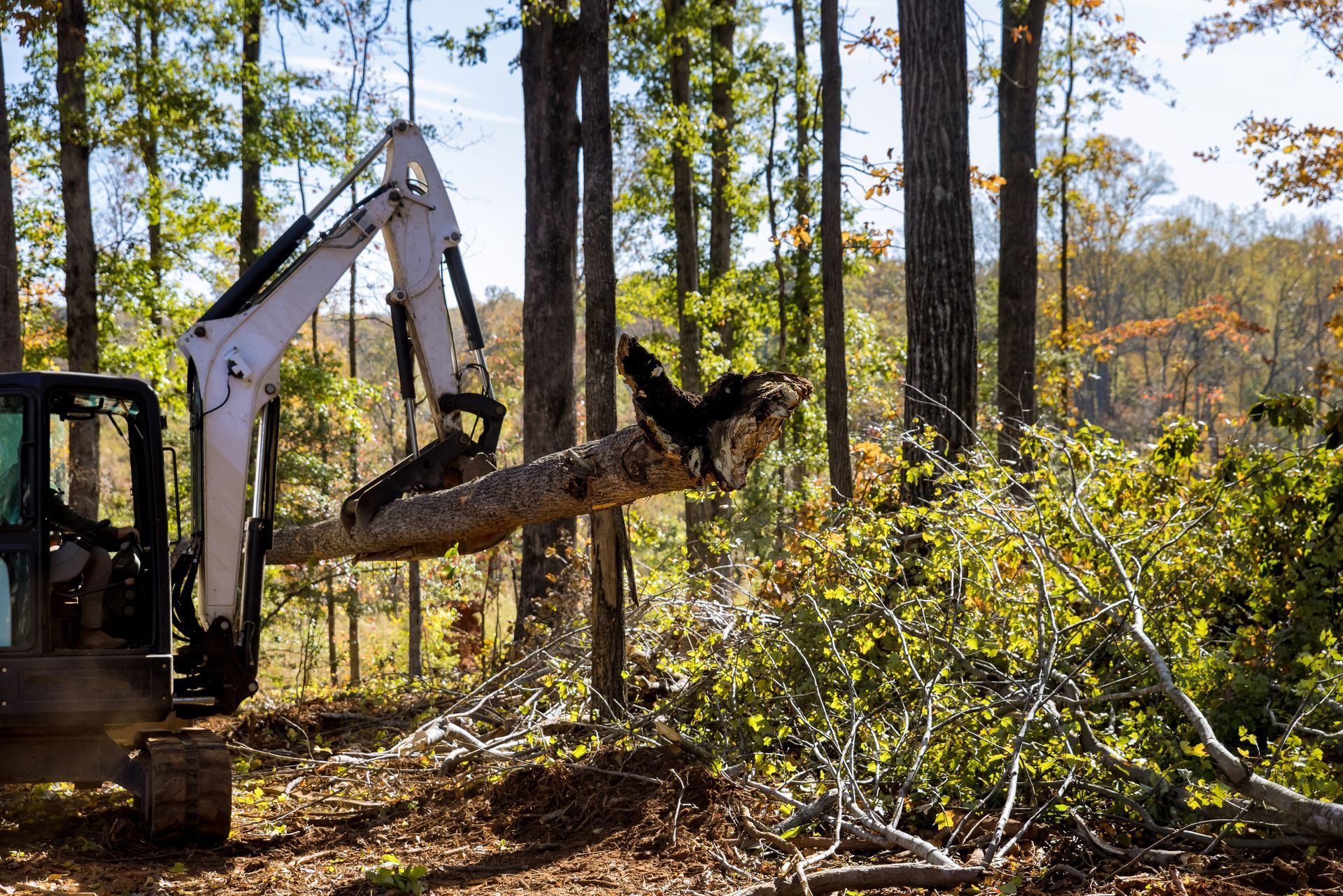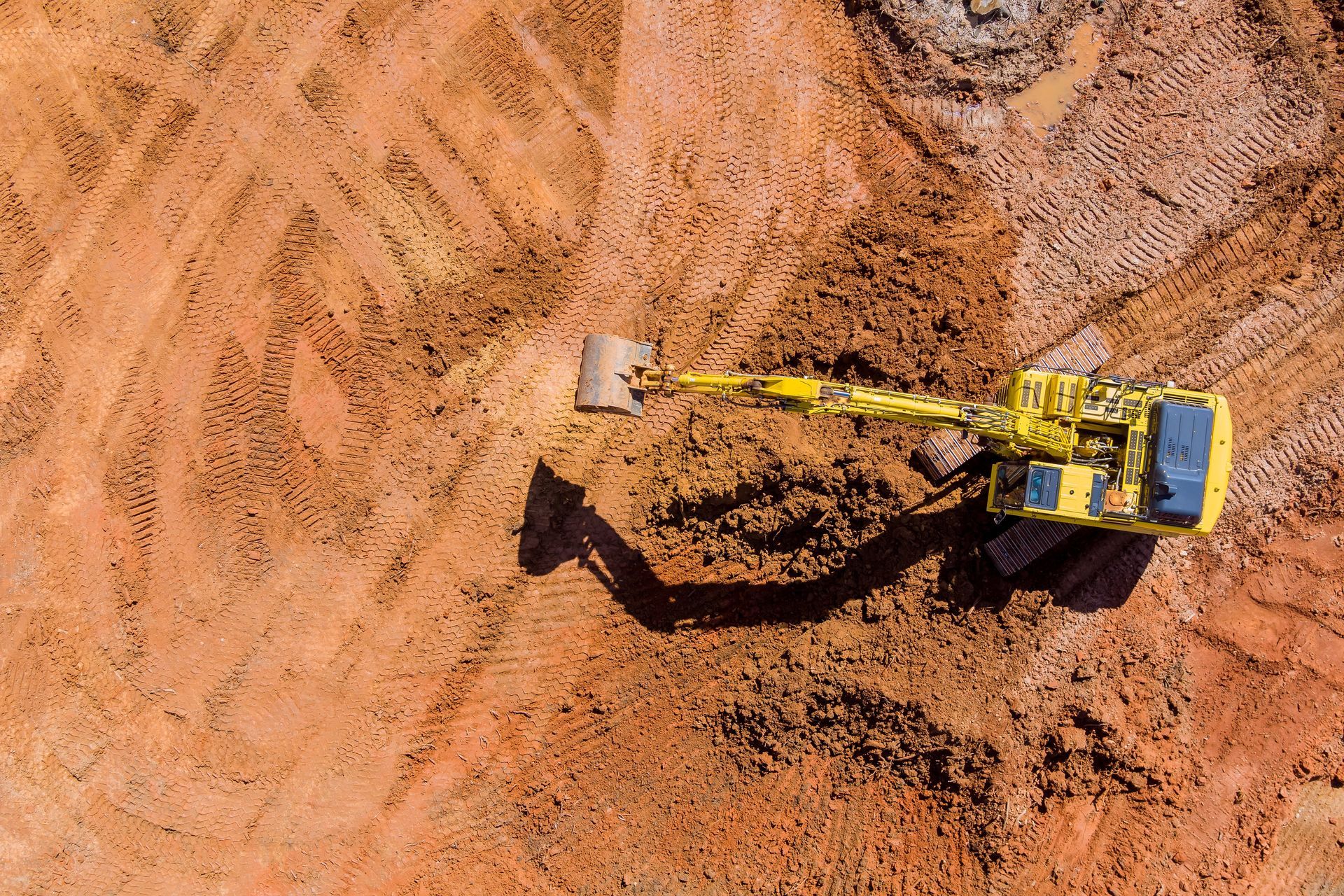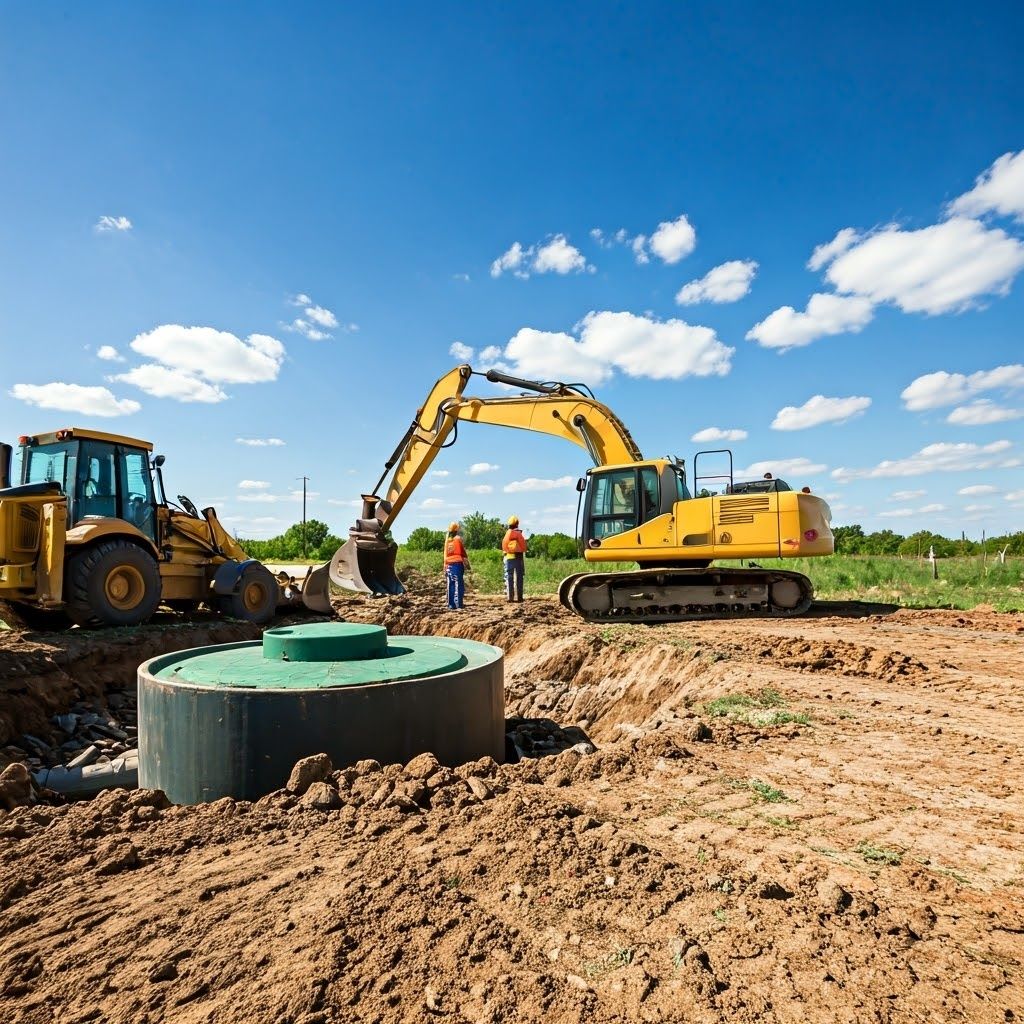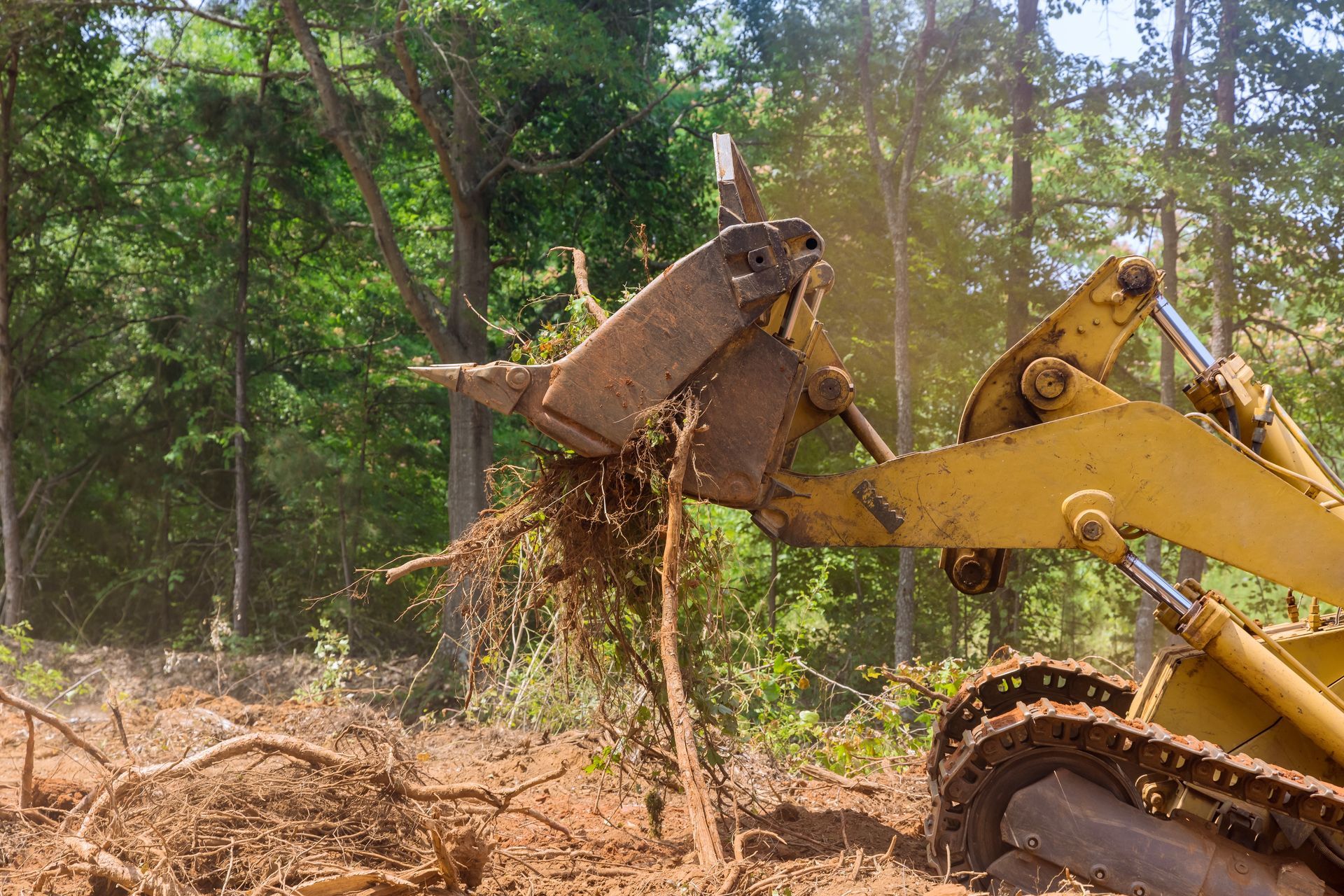The Ultimate Guide to Getting a New Septic System Installed
When it comes to managing household waste in rural or off-grid areas, a septic system is often the most efficient and eco-friendly solution. Installing a new septic system, however, can seem daunting due to the regulations, costs, and the technical know-how required. This guide aims to walk you through everything you need to know about getting a new septic system installed, ensuring the process is as seamless as possible.
What Is a Septic System?
A septic system is an underground wastewater treatment structure commonly used in areas without centralized sewer systems. It comprises two primary components:
- Septic Tank: A watertight container made of concrete, fiberglass, or plastic, designed to hold wastewater from your household. Solid materials settle at the bottom, while liquids move on to the drain field for further treatment.
- Drain Field: Also known as a leach field, this part of the system disperses the liquid waste that exits the septic tank. The drain field allows the soil to naturally filter the water, removing harmful contaminants.
When Should You Install a New Septic System?
There are several reasons you might need a new septic system:
- Building a new home in a location that doesn't have access to municipal sewage systems.
- Replacing an old system that no longer works efficiently or has failed.
- Expanding your current home, which may overload your existing septic system due to increased water usage.
Steps to Getting a New Septic System Installed
1. Site Evaluation and Soil Testing
Before installation, it's crucial to have the land evaluated to determine the best location for your septic system. A licensed contractor will perform a percolation (perc) test to assess how well the soil absorbs water. This test helps determine the type of septic system that will work best for your property. Factors that influence the suitability of a site include:
- Soil composition: Sandy or gravelly soils are ideal for septic systems, as they allow for better filtration. Clay-heavy soils can pose challenges.
- Water table level: A high water table can interfere with a system’s ability to function properly.
- Proximity to water sources: Environmental regulations require a specific distance from wells, lakes, streams, or other bodies of water to prevent contamination.
2. Choosing the Right Septic System
Septic systems come in various types, and selecting the right one depends on the soil test results, the size of your home, and local regulations. Common types include:
- Conventional System: This consists of a septic tank and a standard drain field. It's the most basic type and works well for properties with adequate soil drainage.
- Chamber System: Instead of traditional pipes and gravel, this system uses chambers to store and filter wastewater. It's ideal for properties with poor soil conditions.
- Aerobic Treatment Unit (ATU): This system adds oxygen to the tank to break down waste more quickly. It’s more complex and expensive but is a good option for properties with challenging soils.
- Mound System: When the soil is too shallow for a drain field, a mound system is built above ground to treat the wastewater.
- Drip Distribution System: Used for more challenging sites, this system distributes wastewater slowly and over a large area, requiring less space than a traditional system.
3. Permits and Regulations
Local and state regulations govern septic system installations, so securing the necessary permits is essential. This process ensures your system meets health and environmental codes and that it's installed by a licensed professional. Septic system contractors often handle the permit process, which typically involves:
- Submitting site plans and soil test results to the local health department.
- Scheduling inspections before and after installation to ensure compliance with local regulations.
4. Installation Process
Once you've chosen the right system and received the necessary permits, it's time for installation. Here’s an overview of what to expect during the process:
- Excavation: The contractor will begin by digging the necessary trenches for the septic tank and drain field. The size of the tank depends on your home’s water usage, typically ranging from 1,000 to 2,500 gallons.
- Tank Installation: The septic tank will be placed in the excavated area and connected to your home’s plumbing system.
- Drain Field Construction: The contractor will lay down pipes in the drain field, ensuring proper slopes for water flow. This stage might involve spreading gravel or using chambers, depending on the system type.
- System Testing: After the installation, the system will be tested to ensure it's functioning correctly and that there are no leaks in the tank or the piping.
5. Final Inspection
Before you can begin using your new septic system, a local health inspector will need to give final approval. The inspector will check that the system is installed according to the site plan, meets all regulations, and that no components are malfunctioning. Once the system passes inspection, you can start using it.
Maintaining Your New Septic System
Once your new septic system is installed, proper maintenance is crucial for ensuring it lasts as long as possible. Here are some maintenance tips:
1. Regular Pumping
Your septic tank should be pumped out every 3 to 5 years, depending on the size of the tank and the number of people in the household. This helps prevent solids from accumulating to the point where they overflow into the drain field.
2. Water Conservation
Excessive water usage can overload your system. Be mindful of the amount of water going down your drains, especially during laundry days or after long showers. Installing water-saving devices like low-flow toilets and shower heads can help reduce strain on the system.
3. Avoid Flushing Non-Biodegradable Items
Septic systems are designed to handle human waste and toilet paper only. Flushing items like wipes, feminine hygiene products, and paper towels can lead to clogs and damage to the system.
4. Landscaping Considerations
Do not plant trees or shrubs near your septic system, as their roots can grow into the pipes and tank, causing costly damage. Grass is the best choice for covering the drain field.
5. Professional Inspections
Even if everything seems to be functioning well, it's a good idea to have a professional inspect your septic system every few years. They can catch small issues before they become expensive problems.
Signs You May Need a New Septic System
If you’re wondering whether it’s time to replace your current septic system, look out for the following warning signs:
- Pooling water: If you notice water pooling in your yard, especially near the drain field, this could indicate a system failure.
- Foul odors: Bad smells around your yard or home, particularly in the areas near the septic system, may be a sign that the system isn’t working properly.
- Slow drains: If sinks, toilets, or showers are draining slower than usual, it could be an indication of a clogged or failing system.
- Sewage backup: This is one of the most severe symptoms of a failing septic system. If sewage backs up into your home, it’s time to call a professional immediately.
Conclusion: Why Work with Professionals?
Getting a new septic system installed is a significant investment, and working with a qualified professional can ensure the job is done right. Licensed contractors not only have the expertise to install your system but also manage the regulatory and permitting processes on your behalf.
If you’re considering installing a new septic system, Septic & Sewer Solutions, Inc. in Georgia offers expert guidance and top-quality service from start to finish. With a focus on ensuring the right system is installed for your home and maintaining it to last for years, their team provides personalized solutions that fit your specific needs.
Investing in the right septic system for your property ensures safe, efficient wastewater management for years to come. Don't hesitate to reach out to professionals like Septic & Sewer Solutions, Inc. for a consultation today!
Contact Us
Contact Us
